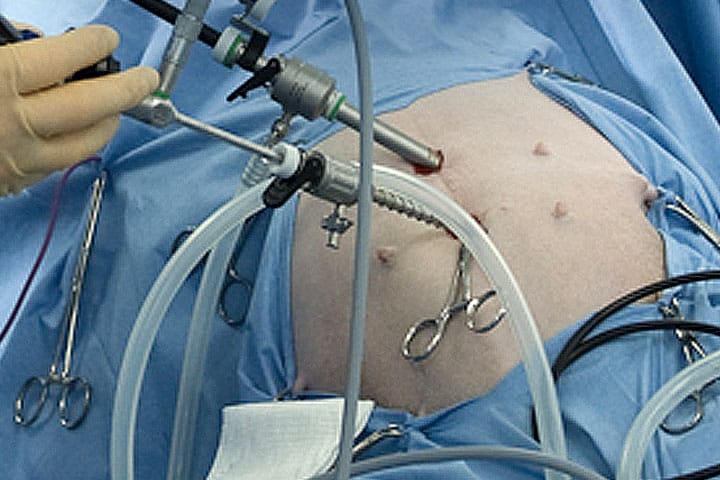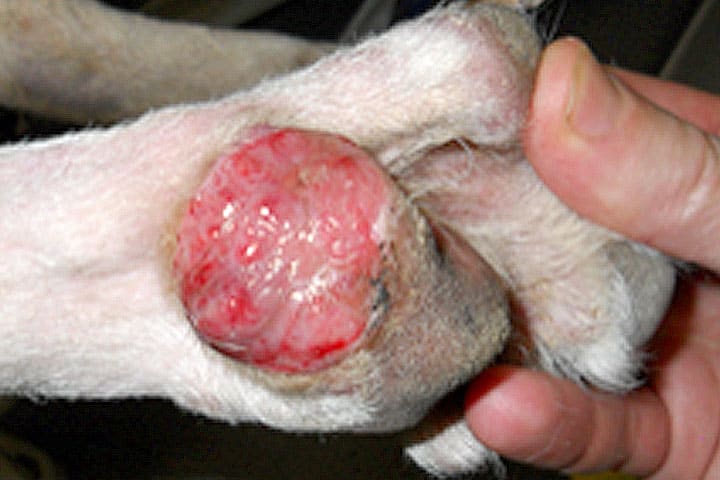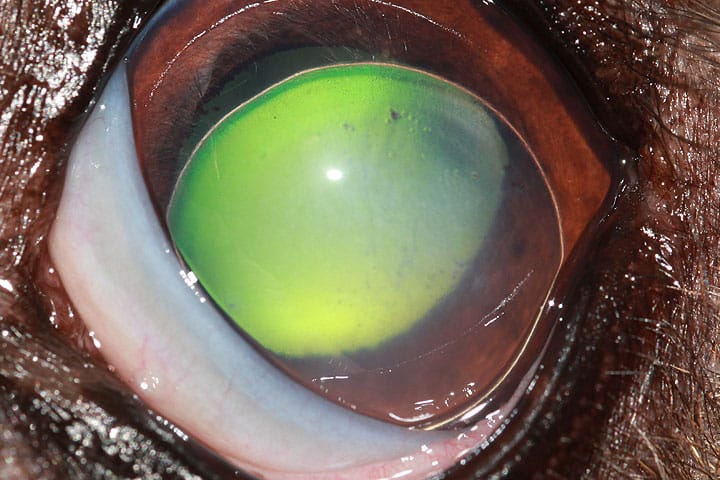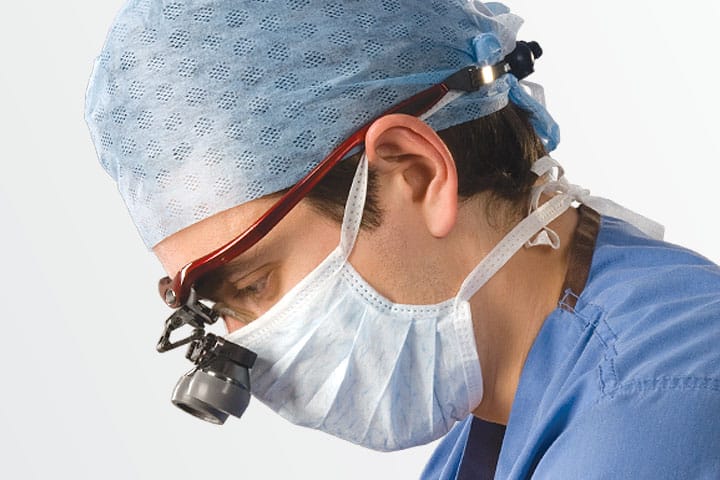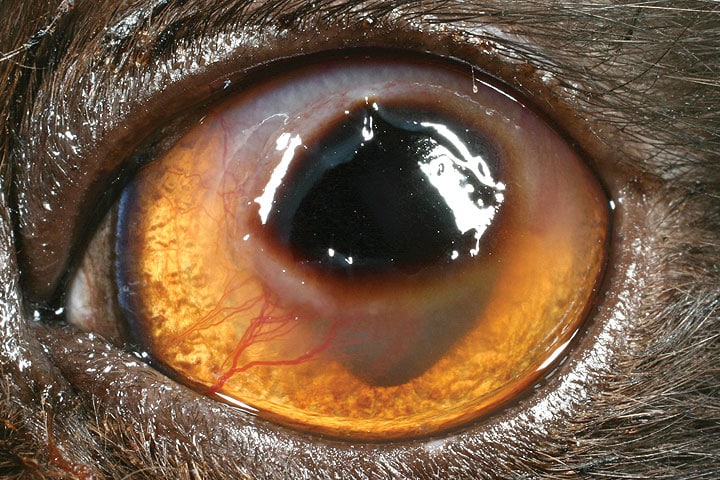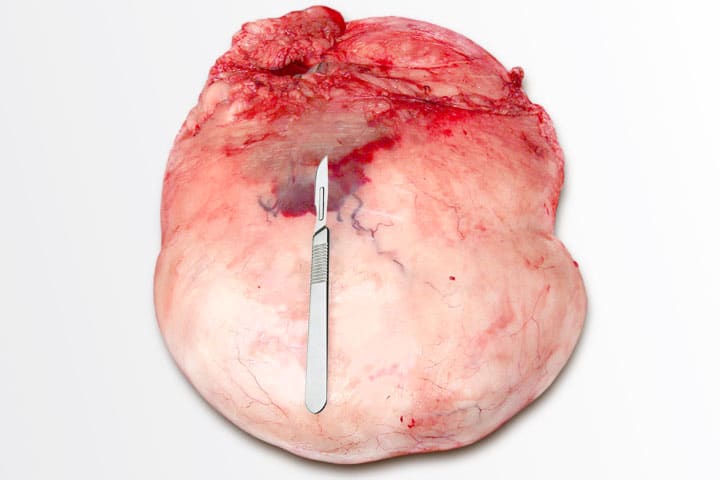Brachycephalic Obstructive Airway Syndrome (BOAS) Update
The trend for flat-faced dogs has grown significantly in the last decade. Selective breeding for flat-faced characteristics has led to an increased incidence of upper respiratory tract obstruction and subsequent respiratory distress. Whilst the length of the skull is reduced, the volume of soft tissues remains the same. Affected dogs have to increase their respiratory…
Read MoreThrough the Keyhole
During this webinar, we will be looking at the most common laparoscopy techniques. Benito will present the latest techniques for laparoscopic approaches to surgery and will consider the benefits and pitfalls of the use of laparoscopy in specific relevant situations. Through the Keyhole
Read MoreA Surgical Approach to Skin Tumours
Skin tumours are frequently seen in dogs and cats. In this webinar, Emma Hall, Diplomate in Small Animal Surgery, discusses a practical clinical approach to the diagnosis, staging and surgical management of some of the most commonly seen tumours and she will also present case examples. A Surgical Approach to Skin Tumours
Read MoreDiseases of the Lens
Through a series of case discussions, we will consider investigation, treatment and management of diseases of the lens in dogs and cats, answering such questions as ‘when should I refer a patient with cataracts?’. Diseases of the Lens
Read MoreDiabetic Cataracts
In a retrospective study of 200 dogs with diabetes mellitus, half had developed cataracts by the 170th day post-diagnosis and 75% and 80% by 370 days and 470 days respectively. Diabetic cataracts develop in dogs due to an increase in the amount of glucose reaching the lens. Once the usual pathway for glucose metabolism is…
Read MoreKeeping Those Cats’ Eyes Bright: A Spotlight on Feline Ophthalmology
Savina will discuss diagnostics, medical and surgical treatments of several ocular diseases that occur uniquely in cats, such as corneal sequestra, eosinophilic proliferative keratitis, and herpetic keratoconjunctivitis. From recognising the clinical presentation, through to considering appropriate laboratory investigations, and on to realistic and practical approaches to treatment, Savina will guide you through these often frustrating…
Read MoreCanine Neurogenic Dry Eye
There are different components that make up the precorneal tear film: lipid, aqueous and mucin. The lipid layer is the most superficial and is produced by the meibomian glands located within the eyelid margin. The aqueous component is produced by the orbital lacrimal gland and by the gland of the nictitating membrane. The mucous layer…
Read MoreSpontaneous Chronic Corneal Epithelial Defects (SCCEDs)
Spontaneous chronic corneal epithelial defects (SCCEDs), also known as indolent ulcers, Boxer’s ulcers or nonhealing ulcers, are noninfected, epithelial defects with a redundant, nonadherent epithelial border. They are characterised by the presence of a thin hyaline membrane over the anterior stroma, which prevents adhesion of new epithelium. SCCEDs were first described in Boxer dogs and…
Read MoreMetronomic Chemotherapy an Up-and-Coming Treatment
Metronomic chemotherapy has been used more and more in veterinary oncology in recent years. It is something which we often prescribe at NDSR, with patients coming back to your practice for monitoring tests. Metronomic chemotherapy is a low dose of chemotherapy given daily as opposed to a larger dose given weekly or every few weeks…
Read MoreWhen is a Lipoma Not a Lipoma?
Have you ever been mortified to find that the simple lumpectomy you promised has turned into something more? And, as a rule, the greater your pre-operative confidence, the greater the mortification when it becomes apparent that your confidence may have been misplaced. Very occasionally, other masses masquerade as lipomas, and we get caught out. We…
Read More
